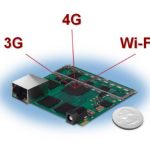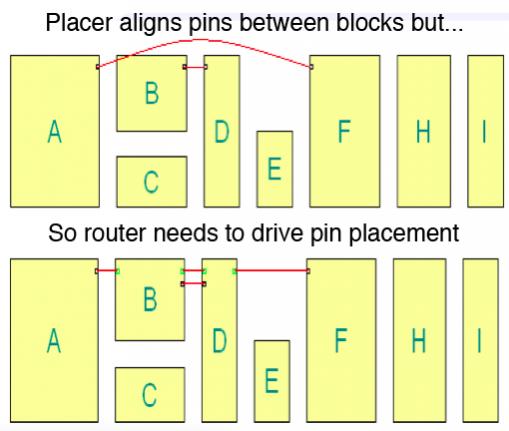You are currently viewing SemiWiki as a guest which gives you limited access to the site. To view blog comments and experience other SemiWiki features you must be a registered member. Registration is fast, simple, and absolutely free so please,
join our community today!
All chips have critical power management requirements, often with multiple supply voltages. Digital power management ICs (PMICs) are commonplace to convert unregulated voltages from batteries and noisy power supplies to fully regulated accurate power to keep even the most sensitive chips performing.
Powervation is a company… Read More
It was a nice break after my vacation, indulging into some of the pure science stuff, when an old colleague of mine, Dr. Gaurav Gandhi, founder of mLabs in Delhi came across introducing me to his new research and possible developments in this field. Gaurav was actually in my product validation team while I was at Cadence, very passionate… Read More
I went to some of the JEDEC mobile conference a couple of weeks ago. The opening keynote was by Richard Wietfeld of Qualcomm called The Need for Speed.
He emphasized that smartphones are really setting the pace these days in all things mobile and internet. Over 1/3 of access is on smartphones now. Over 4/5 of searches on smartphones… Read More
Storage interfaces for mobile are evolving rapidly, in particular with the Universal Flash Storage (UFS) standard. So how do you test a design? If you want to test a design that accesses, say, an SD card then you can wander into Fry’s and buy an SD card for a few dollars. But to design an interface to UFS is a bit harder since the … Read More
Introducing the first ReRAM-Forum movie!! In part 2 of their recently published papers in the Transactions on Electron Devices of the IEEE, Professor Ielmini’s group describe the modeling of resistive switching in bipolar metal oxide ReRAM. Like part 1, the paper is collaboration with David Gilmer of Sematech who provided the… Read More
With an estimated 7 billion connected devices, the demand for rich content, including video, games, and mobile apps is skyrocketing. Service providers around the globe are scrambling to transform their networks to satisfy the overwhelming demand for content bandwidth. Over the next few years, they will be looking to network… Read More
Micron ReRAM Patent Alertby Ed McKernan on 09-11-2012 at 3:16 pmCategories: IP
Micron recently was awarded patents related to ReRAM. As everyone knows, patents are the lifeblood of technology based industries and the memory business is no different. But what can you learn from a patent? In the first of a series of Blogs, Christie Marrian moderator of the ReRAM-Forum asks that question in the context of patents… Read More
MemCon Returnsby Paul McLellan on 07-25-2012 at 9:44 amCategories: Cadence, EDA
Back before Denali was acquired by Cadence they used to run an annual conference called MemCon. Since Denali was the Switzerland of EDA, friend of everyone and enemy of none, there would be presentations from other memory IP companies and from major EDA companies. For example, in 2010, Bruggeman, then CMO of Cadence, gave the opening… Read More
Back in the early days of ASIC when we had just two and then (wow!) three layers of metal, place and route was done by putting the standard cells in rows with gaps between them and then using a specialized router to do the interconnection. It would use one layer of metal horizontally and one vertically and avoid jogs. This was called a … Read More
Elpida and Japan Incby Paul McLellan on 03-09-2012 at 2:17 pmCategories: General
Last week, the Japanese memory company Elpida filed for bankruptcy. There is worldwide overcapacity in DRAM and somebody had to go. Its strength and the weakness was that it was much more outward facing than most of the Japanese semiconductor and electronic industry. So it had to compete globally and wasn’t up to the task.… Read More











